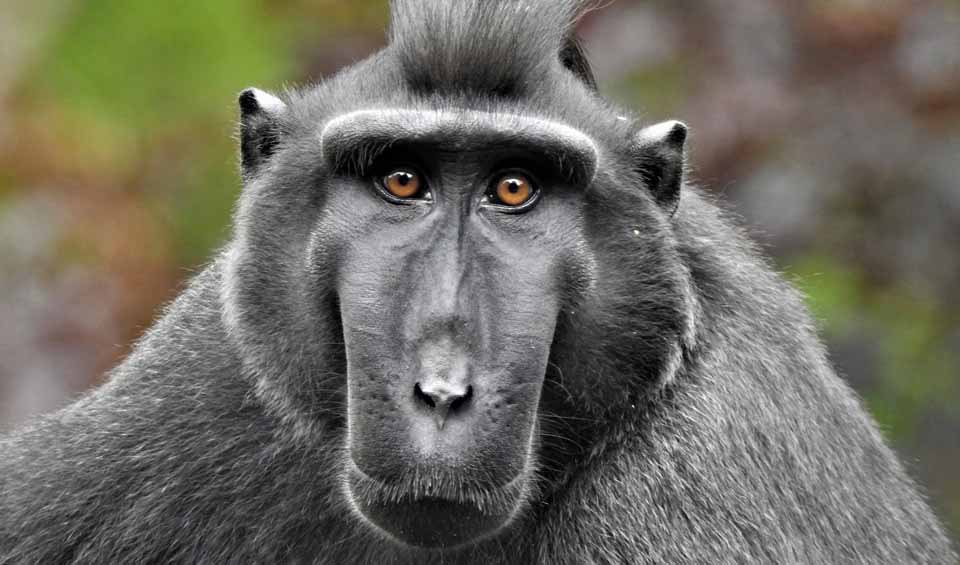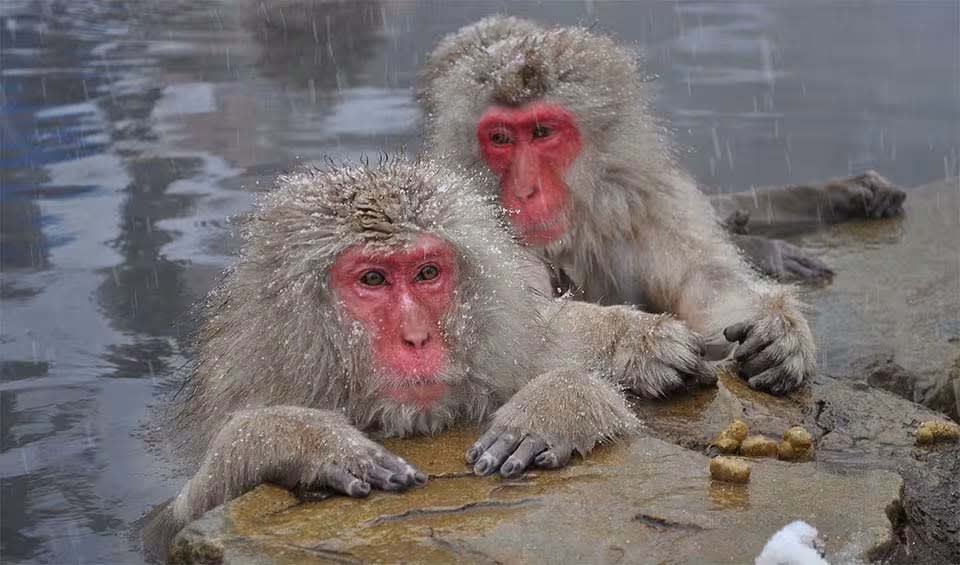Macaca – Macaques
Their cheek pouches can hold the same amount of food as their stomachs
The range of the Macaca genus is the broadest of any surviving non-human primate.
Macaques exhibit remarkable adaptability, which has enabled them to occupy a wide range of habitats across Asia and even extend into North Africa. The Barbary macaque represents the genus’s sole presence outside Asia. This wide distribution indicates their evolutionary success and highlights the diversity within the genus, which includes over 20 recognized species.
Macaques possess a robust physique with limbs of relatively equal length, allowing them facile movement both on the ground and in the trees. Their fur color varies, typically ranging from dark brown to black, providing camouflage within their natural environments. One distinctive feature of macaques is their facial structure, which bears a resemblance to baboons with rounded profiles and nostrils situated at the front of their muzzle, enhancing their sense of smell.
The diversity in tail length among macaque species is another notable characteristic, with some species boasting long, expressive tails while others have short stubs or are completely tailless. This variation in tail length reflects the different ecological niches macaques have adapted to, with tail length often correlating with their primary mode of locomotion and balance.
Macaques are omnivorous, demonstrating a flexible diet that includes seeds, roots, bark, fruits, grains, and a variety of insects such as termites, grasshoppers, ants, and beetles. This varied diet allows macaques to thrive in a wide range of environments, from forested areas to human-modified landscapes. The consumption of ripe fruits plays a crucial role in their diet, especially as a source of hydration during the drier periods leading up to the monsoon season. Their foraging behavior is highly adaptable, with some species known to exploit human sources of food, leading to complex interactions between macaques and human populations.
Species in this genus
Celebes crested macaque
Most distinctive feature is the namesake crest – a narrow band of hair that runs along the top of the head
Barbary macaque
A monkey without a tail that’s why people sometimes mistakenly call it an ape
Crab-eating macaque
Despite their name,most of their diet makes up of fruits and seeds
Lion-tailed macaque
Has a distinctive mane around their heads, which resembles a lion’s
Moor macaque
No temple loitering or snack-stealing for these classy introverts
Southern pig-tailed macaque
When it comes to food, their varied diet includes fruits, leaves, insects, and even small vertebrates
Toque macaque
Infamous for raiding temples, markets, and even homes
Tibetan macaque
Largest macaque species and one of the most impressive primates native to China
Bonnet macaque
Rocks a natural bowl-cut — with fur that parts neatly across the top of their head like they just walked out of a 90s sitcom
Heck’s macaque
No heckin’ way — that’s its real name!
Stump-tailed macaque
Their faces start out pink and red when they’re young, but as they get older, they turn darker, almost brown or black
Japanese macaque
Fancy a long afternoon in the Jacuzzi with family and friends? You could be a Japanese macaque!
Rhesus macaque
These mischievous monkeys are known to overrun villages in India as they steal food by breaking into a home














